Ginger, with its unique flavor and numerous health benefits, is a popular ingredient in cuisines…
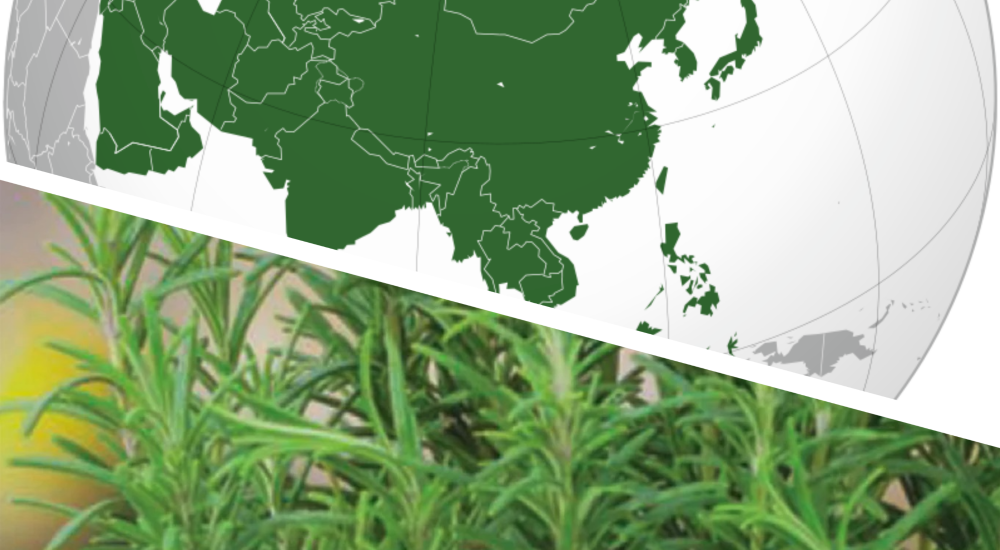
Can Rosemary Grow in Asia? Exploring the Possibilities
When it comes to growing herbs, rosemary is often regarded as a versatile and fragrant addition to any garden. With its distinct aroma and culinary applications, it’s no wonder that many gardening enthusiasts in Asia wonder if they can successfully cultivate rosemary in their local climate. In this blog post, we will delve into the possibilities of growing rosemary in Asia, exploring the factors that can contribute to its successful growth and sharing some valuable tips to help you on your herbal gardening journey.
Understanding Rosemary
Rosemary (Rosmarinus officinalis) is a woody perennial herb native to the Mediterranean region. It thrives in warm, sunny climates and prefers well-draining soil. Known for its aromatic needle-like leaves and blue flowers, rosemary is commonly used in culinary dishes, aromatherapy, and traditional medicine due to its potential health benefits.
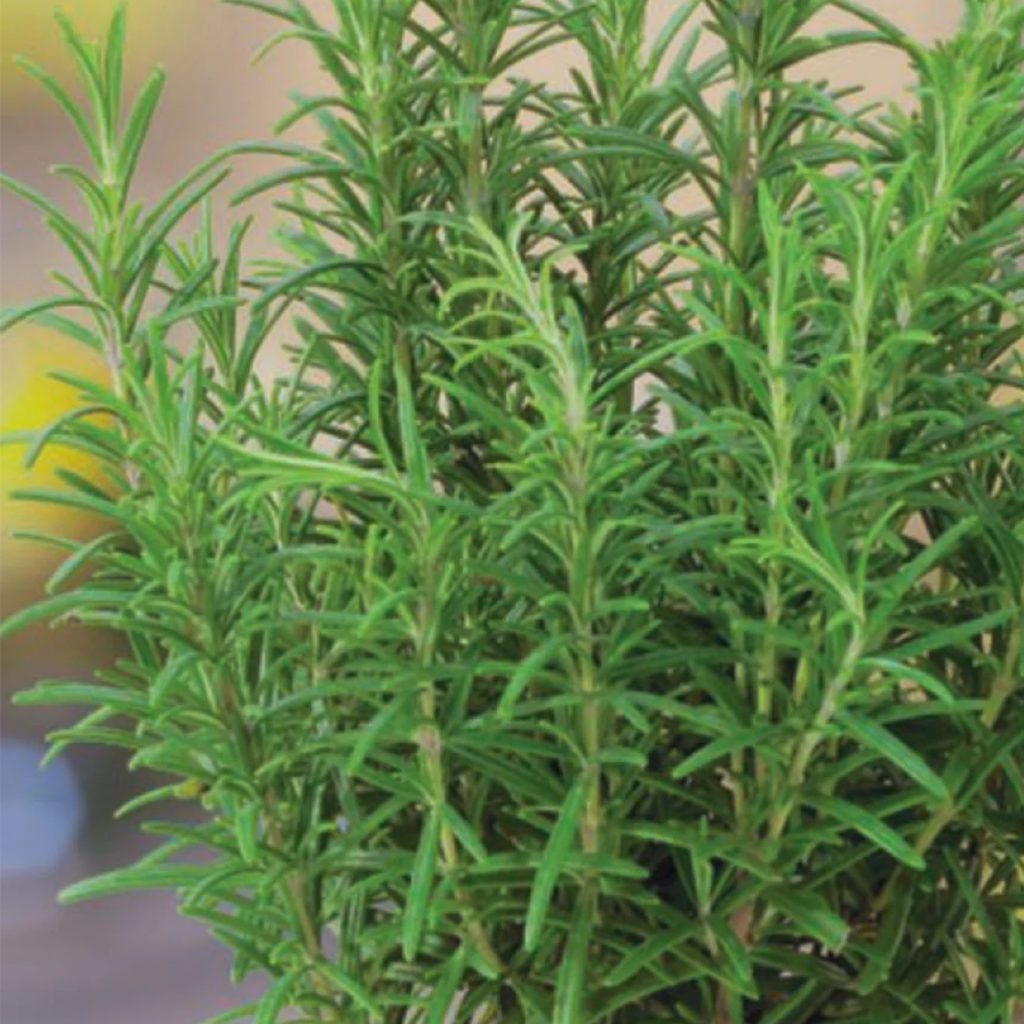
Climatic Considerations
Asia is a vast continent with diverse climates, ranging from tropical to temperate regions. While rosemary typically favors a Mediterranean climate, it can adapt and grow well in certain Asian regions that share similar conditions. Here are a few key factors to consider:
- Temperature: Rosemary prefers mild to warm temperatures, ideally between 15°C to 30°C (59°F to 86°F). Some areas in Asia, such as parts of India, southern China, and Southeast Asia, have climates that can support rosemary growth.
- Sunlight: Rosemary thrives in full sun, requiring at least six to eight hours of direct sunlight each day. Ensure that your chosen planting location receives ample sunlight, or consider providing additional artificial light if necessary.
- Humidity: Rosemary generally prefers lower humidity levels. If you live in a region with high humidity, it is important to ensure good air circulation around the plants to prevent fungal diseases.
- Soil Conditions: Rosemary thrives in well-draining soil with a pH range of 6.0 to 7.5. If your soil tends to retain water, consider adding organic matter or creating raised beds to improve drainage.
Tips for Successful Rosemary Cultivation in Asia:
- Select the right variety: Choose rosemary cultivars that are known to be more adaptable to warmer climates, such as ‘Arp,’ ‘Tuscan Blue,’ or ‘Salem.’ These varieties have shown resilience in different growing conditions.
- Start with young plants or cuttings: Purchasing young rosemary plants or taking cuttings from an existing healthy plant can increase your chances of success, as they have already acclimated to the growing conditions.
- Provide proper watering: Rosemary prefers slightly dry conditions, so avoid overwatering. Water deeply and less frequently, allowing the soil to dry out between watering sessions.
- Mulch and organic fertilizers: Mulching around the plants with organic materials can help conserve moisture and regulate soil temperature. Additionally, periodic application of organic fertilizers can provide necessary nutrients for healthy growth.
- Pruning and shaping: Regular pruning encourages bushier growth and helps maintain the desired shape of your rosemary plant. Prune after flowering or in early spring to promote fresh growth.
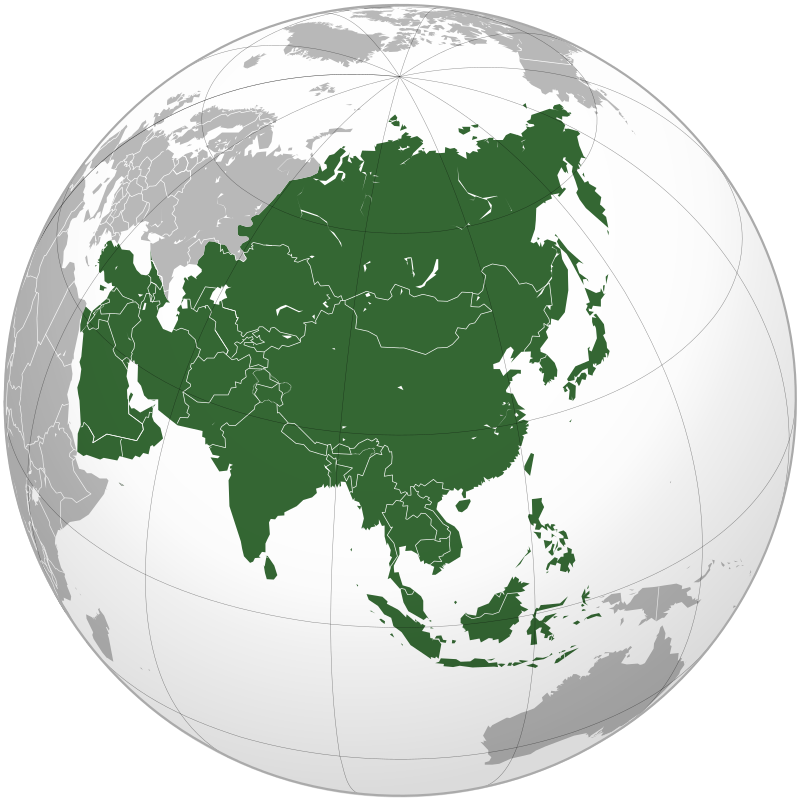
Conclusion
While rosemary may have its origins in the Mediterranean, with careful attention to climatic considerations and proper gardening techniques, it is indeed possible to grow rosemary successfully in various parts of Asia. By selecting suitable varieties, ensuring adequate sunlight and drainage, and providing the right care, you can create an environment where rosemary thrives and adds its delightful aroma and flavor to your culinary adventures. So, why not embark on the journey of growing your own rosemary and explore the endless possibilities it brings to your Asian garden and kitchen? Happy gardening!

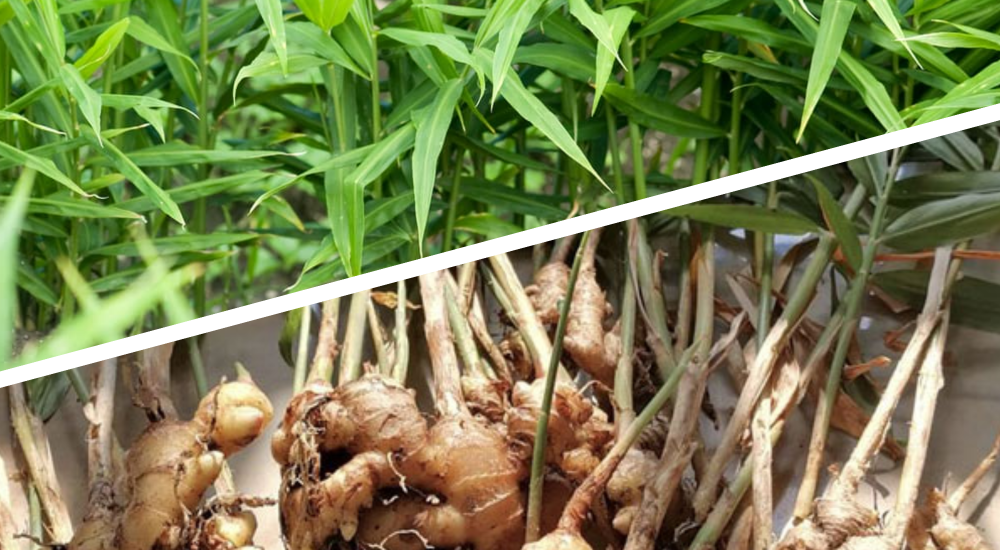
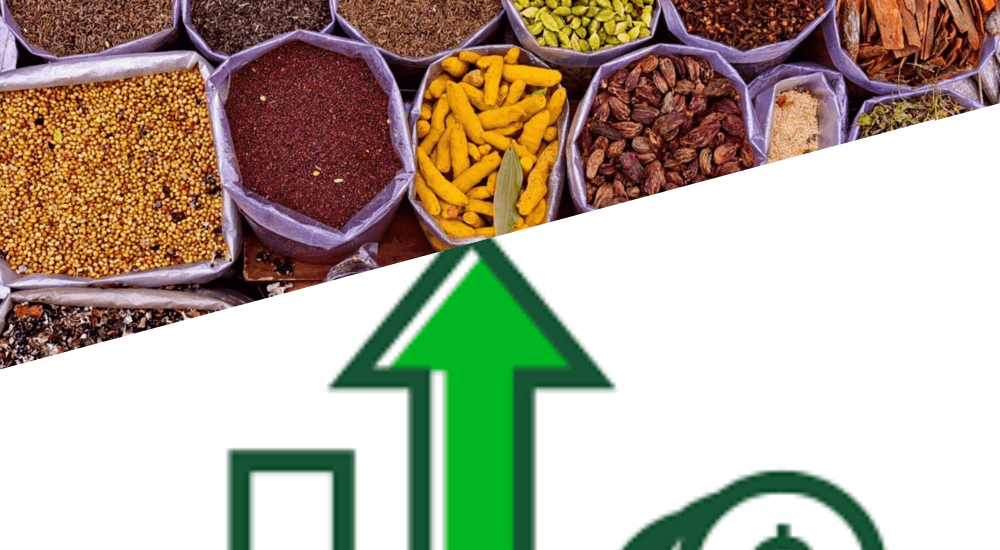
This Post Has 0 Comments